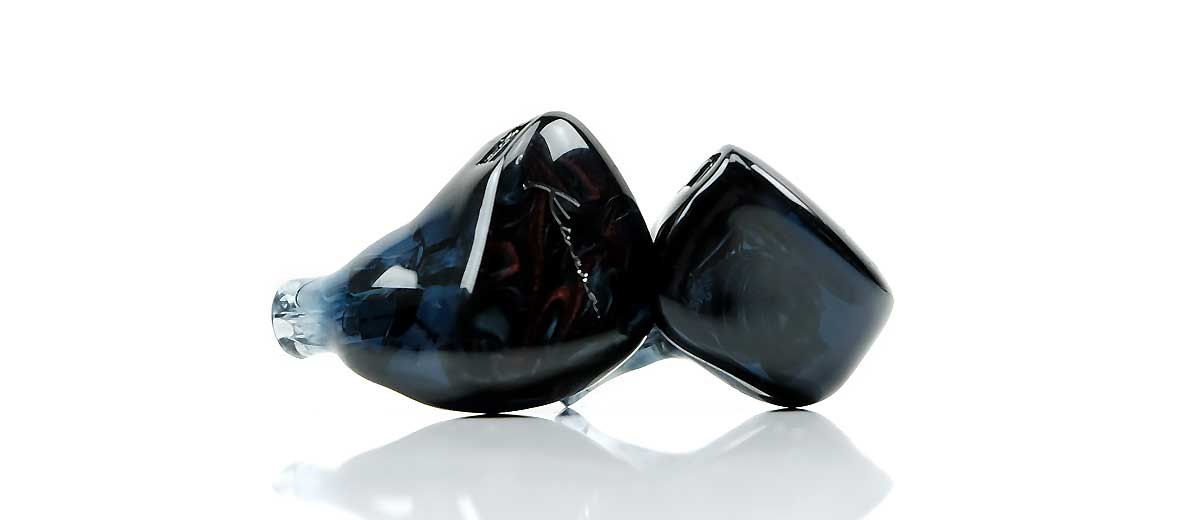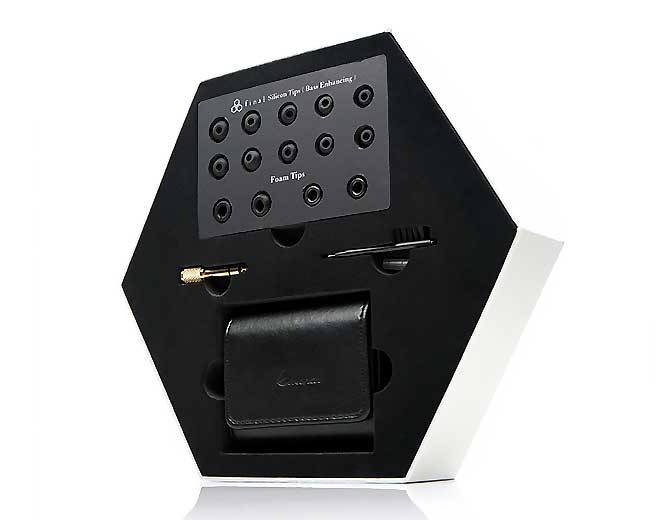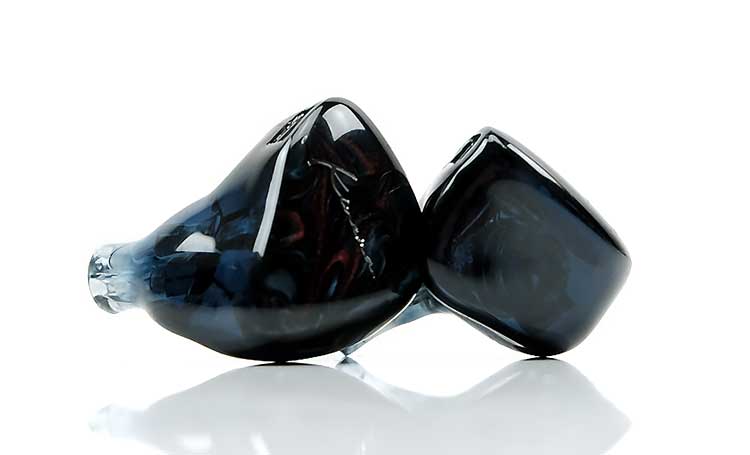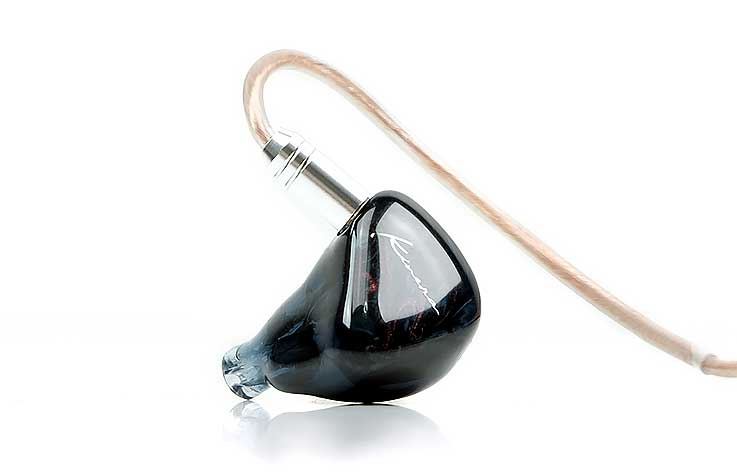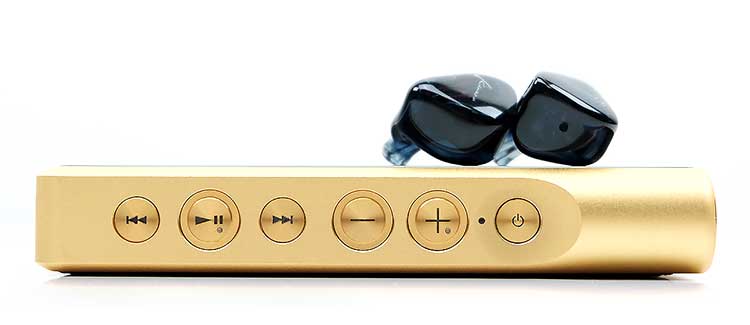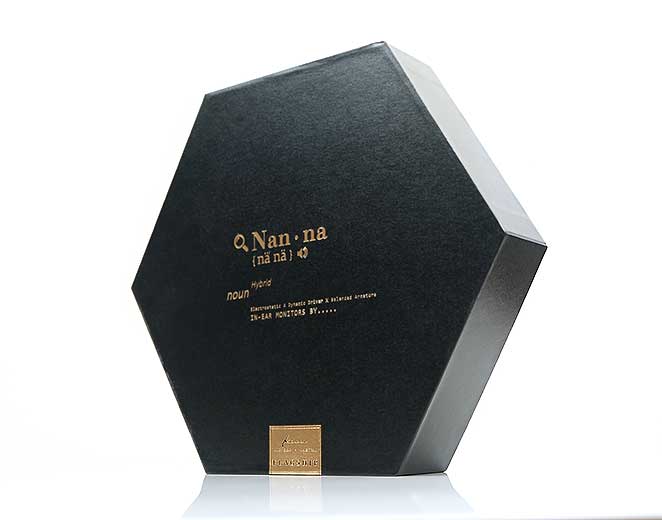The Kinera Nanna is a debut flagship tri-brid universal monitor feature dynamic, balanced armature and electrostatic drivers. It is priced from $899.99.
Disclaimer: The Kinera Nanna was sent to us a sample in exchange for our honest opinion and does not have to be returned. We thank the team at Kinera and HifiGo for giving us this opportunity.
You can buy the Kinera Nanna here.
To read more on Kinera products we have reviewed on Headfonics click here.
So what is a Nanna? Apparently is the Mesopotamian god of the moon and wisdom and thus a familiar path in audio with mythology named monitors. Alternatively, and given the previous Odin, it can be drawn from Norse mythology. Nanna Nepsdóttir, or simply Nanna, is a goddess associated with the god Baldr.
My final theory is that it could also be named after my granny from the ’80s. We called her Nanna also. Perhaps she was moonlighting as a baby-sitter and celestial being all at the same time. You dare not disobey her though. She had this mad stare so yeah, maybe some voodoo happening right there.
I am digressing. What you need to know is that the Nanna is Kinera’s flagship monitor and it is an electrostatic ‘tri-brid’ universal configuration at that. It is priced at $899 so not unreasonable given the lofty prices of 2019’s electrostatic hybrids. Close competitors would be the POLA39 from Shozy & AAW and the Roland from Fearless Audio.
Tech Inside
Configuration
The Nanna is a universal design with a 4-driver hybrid configuration. It consists of a single custom 7mm dynamic driver, one full-range balanced armature driver, and a dual electrostatic Sonion tweeter. There is no mention of the crossover technology but safe to presume either 3 or 4-way depending on whether they split the dual tweeter duties or not.
Numbers
The Nanna’s SPL is actually quite good on paper at 110dB. That is one of the more current-sensitive Sonion infused hybrids I have seen this far. However, at 60Ω the Kinera does seem to require decent power to sound optimal. I doubt the Nanna will sound like it should on weaker sources but we shall see in the main review.
Unboxing
Kinera has always been known for slightly unusual packaging dimensions and the Nanna is no different in that regard. This is a flat or shallow hexagonal container with some densely packed material housing the drivers, cable, and accessories. The front is a bit subdued with its plain black and gold letter vibe. To be honest, it reminds me of a box of dark chocolates.
Accessories
The inside accessory layout is very tidy and well thought out. On the top, you have a detachable padded tray of tips. You get two types, foam and Final E with plenty of sizes for the Final E, less so for the foam.
Below you have a single quarter jack converter and a cleaning brush/pick. Personally, I think the quarter jack converter is outdated but given the 60Ω impedance level, it could well be useful for plugging into some stronger amps.
At the bottom, you have a small dark branded leather case that has just enough space to hold the drivers and cable with a few tips. I have seen this type of case before in IEM packages though the finishing and branding are different.
I am ok with it but it is slightly on the small side and tips can fall out when you open it up. Otherwise, it does smell of real leather and the magnet latch is strong and suitably durable.
Design
If you have played with the POLA39 and Roland then the Kinera Nanna form factor is in the same ballpark. It is a little on the petite side which I like. It also is cut with a classic custom universal aggressive contouring to shape it for maximum comfort.
Unlike the POLA39, the Nanna seems shaped from entirely acrylic rather than use any stainless-steel nozzle. The only critique on initial impressions I have against that is the lack of tip lip on the nozzle edge. So far, none of the tips I have used have slid off primarily due to the slightly wider finish around the bores.
The design is very tasteful with a rich dark collage of blues and red that flow throughout the entire body including the faceplate. This seems close to a galaxy swirl or nebula effect. I like these types of design because they tend to mitigate the two-piece (plate and shell), design and give it a single shell look.
I am not sure if Kinera has given a name to the design but I will find out for the main review. There are also a few different Nanna designs on some pre-order websites so I cannot say if there is only one option at the time of writing.
Cable
The supplied cable is a 1.2m 2-pin 0.78mm 4-wire copper build. I cannot tell you anything more right now about the purity or gauge of the wire but I have to presume up to 6N and 26AWG. The braiding is tight with a very clean transparent but rubbery jacket. It is not as supple as the aftermarket PVC variants but it is very quiet for microphonics.
There is also a little bit of memory retention so it does not really straighten out that well but it is tangle resistant. The very long memory wrap on the top of the connectors are very soft so despite it looking awkward and possibly irritating it doesn’t feel like anything at all when on the ear.
This is better than what I expected in terms of handling, noise, and comfort. I just don’t like its aesthetics and kinks when meshed with the dark tones of the Nanna shells. The cable is finished with a carbon fiber printed 3.5mm jack but you can order it in 2.5mm TRRS and 4.4mm balanced.
In The Ear
Yeah, super comfy right out of the box and I am not surprised with that diminutive form factor and custom universal contouring. This is a likable fit with good isolation but not BA levels due to the vent on the rear of the main shell for the dynamic driver to breathe.
You can enhance the seal and isolation with the foam tips which is what I have been initially using for this First Contact article. We will try out the Final E tips for the main review for a more studied conclusion on how exactly they change the sound of the Nanna.
As mentioned, the nozzle lacks a ‘tip lip’, instead it uses a slightly widened neck finish which creates a little bit of pressure to hold the tips in place. So far, I have not encountered any difficulties with the supplied tips with the Nanna. Nothing has been left in my ear canal when taking them out nor have then fallen off at random moments.
Initial Sound Impressions
(Initial impressions have been formed using a Sony NW-WM1Z and a Lotoo PAW Gold Touch)
The Kinera Nanna delivers a classic u-shaped FR with a bit of sub-bass emphasis over mid-bass warmth, a dropped lower-mids for instrumental staging depth and a forward mids-to-upper mids for vocal emphasis. The treble is clean, very articulate and free of forced BA timbre and edginess. That means it can sparkle without getting too hot.
I actually find the treble tuning to be a little more elevated than the POLA39 and way better than the dark sounding Fearless Roland. You can hear it in the percussion with a slightly longer splash and a brighter edge on the Nanna compared to the wetter POLA39.
I have to say, manufacturers are starting to become a lot more aggressive with the stats tweeter treble tuning than last year. That is a good thing because these Sonion drivers do not seem to have that edginess BA timbre can deliver when pushed hard above 5k. They seem to retain a very nice level of refinement and ‘purity’.
The timbre is neutral for me with that dropped lower-mids and forward but clean sounding upper-mids. Vocals sound ethereal rather than weighty and instruments are fast and clean rather than rich and weighty. The PRaT is good, however. Kinera seems to have allowed the sub-bass a bit of free reign so you get that nice dynamic driver timbre down low and more than decent rumble when called upon.
My overall initial impression? The Nanna is more Khan than Trinity, more Pola39 than Fearless Roland. It is deep, tall and a little on the ethereal or precise side with a neutral timbre.
Stay Tuned!
I have to play with output power for the main review of the Nana just to see what happens with the amount of control I can get. Especially on the low-end and those Sonion electrostatic drivers. I have a feeling a little tube amp such as the ALO Audio V5, or the Oriolus B300s might do some interesting things with both power and timbre.
Not that I am looking to sweeten the sound because I think the stock is bad. It is actually very good and certainly competitive for the price on initial impressions. Rather, that 60Ω rating has me dead curious if the Nanna can scale and how it will sound with plenty of power running through it.
I guess we will just have to find out in the main review coming soon so stay tuned!
Nanna Specifications
- Impedance:- 60 ohms
- Sensitivity:- 110dB at 1mW
- Frequency Response:- 5Hz-50kHz
- 2-Pin 0.78mm Connector Copper Wire

